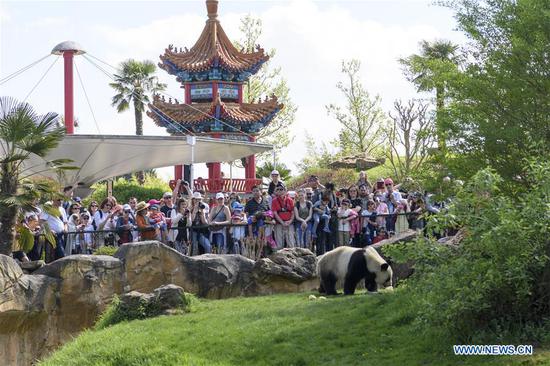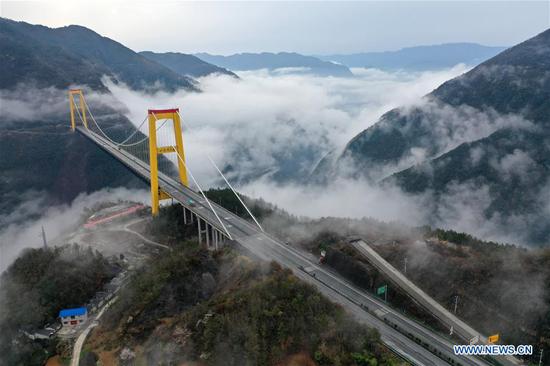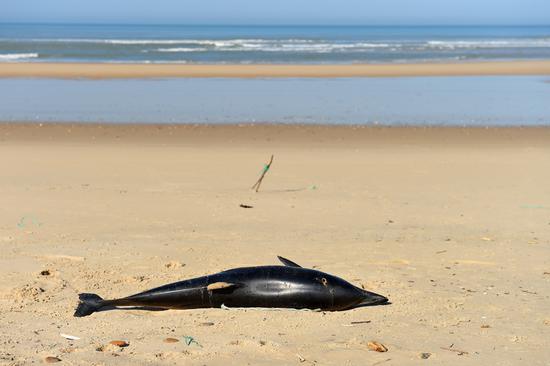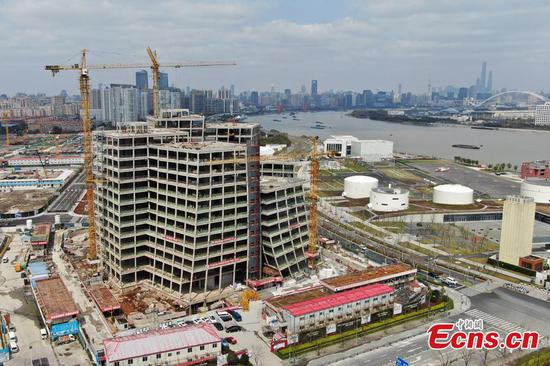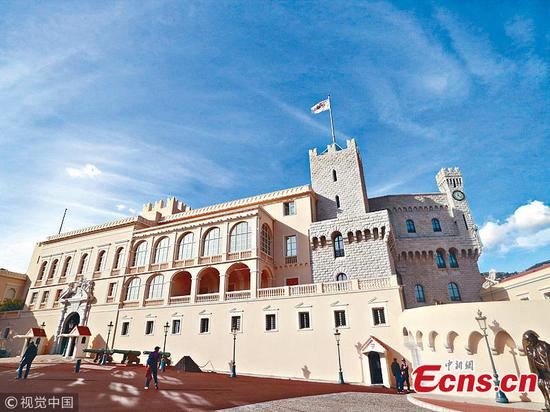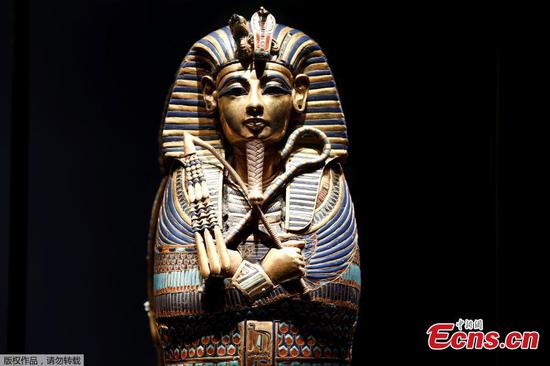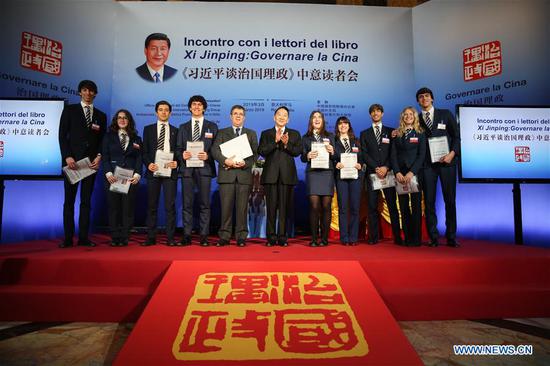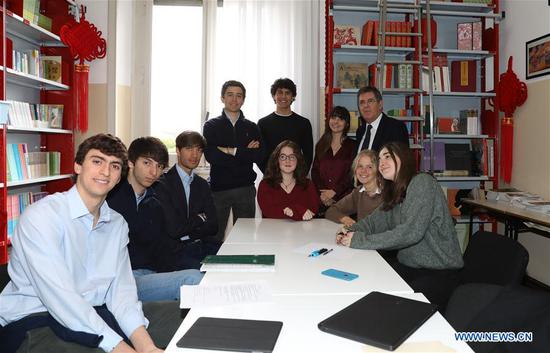The world-first technology set to be developed in Australia could lead to more efficient satellite launches, a combustion engine expert from the University of Sydney's School of Aerospace, Mechanical and Mechatronic Engineering said on Monday.
Part of a global industry research project led by Australian defense technology company DefendTex, the project includes researchers from Germany's Bundeswehr University in Munich, the University of South Australia, RMIT, the Defence Science and Technology Group and Innosync Pty.
"Since the project kicked off we have worked with our collaborators to develop new computational methods to investigate supersonic combustion, which is a process known as detonation," Associate Professor at the University of Sydney Matthew Cleary explained.
"Our preliminary findings from simulations of a model rotating detonation engine have led to some interesting findings about the stability of detonations in an annular channel, in particular with regard to the importance of designing the combustor geometry such that the detonation is stable and rocket thrust can be sustained continuously.
"This information is being fed to our collaborators who are now starting work on ground testing an engine."
Different from conventional rockets which carry both oxygen and fuel onboard, a detonation engine is able to "collect" oxygen during its take-off and ascent.
"What's exciting about rotating detonation engines is the potential to operate them in a so-called 'air breathing' mode," Clearly said.
"The purpose of this function is to reduce the mass of the launch vehicle and increase efficiency, reduce costs, and potentially allow for larger payloads, such as satellites."
Awarded 3 million Australian dollars (2.12 million U.S. dollars) by the federal government, Australia has made it a priority to edge its way into the lucrative space technology market.
















